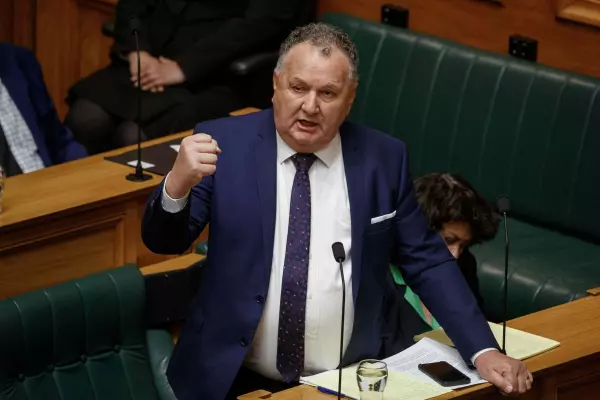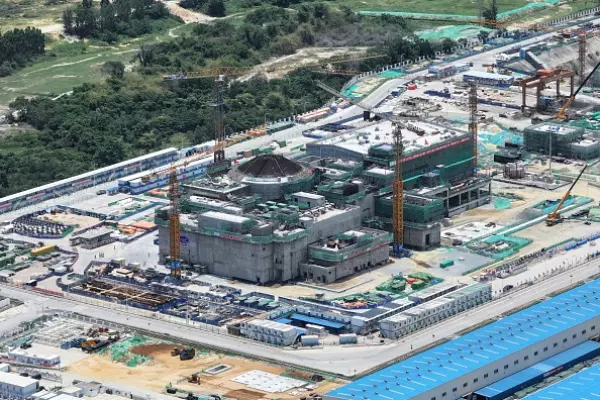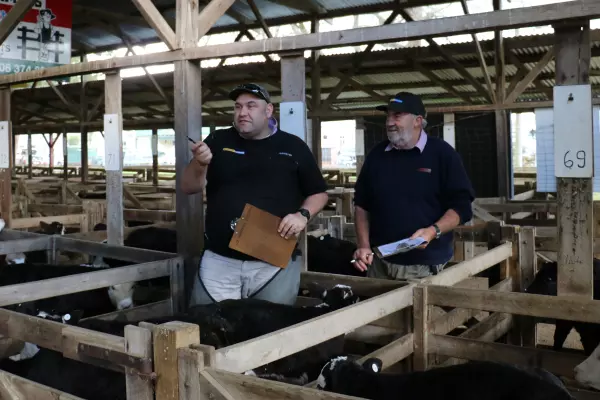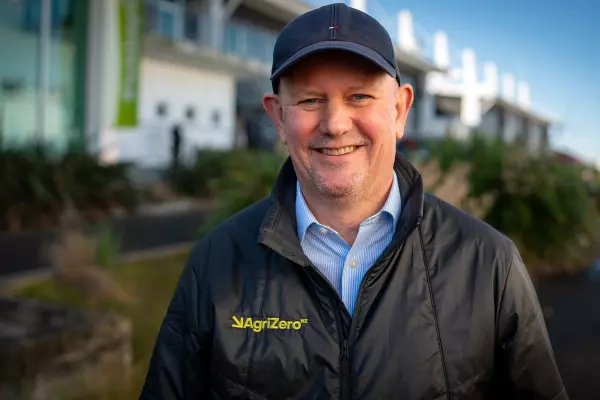The sun and natural gas: Todd Corp's $3b 'clean' electricity play
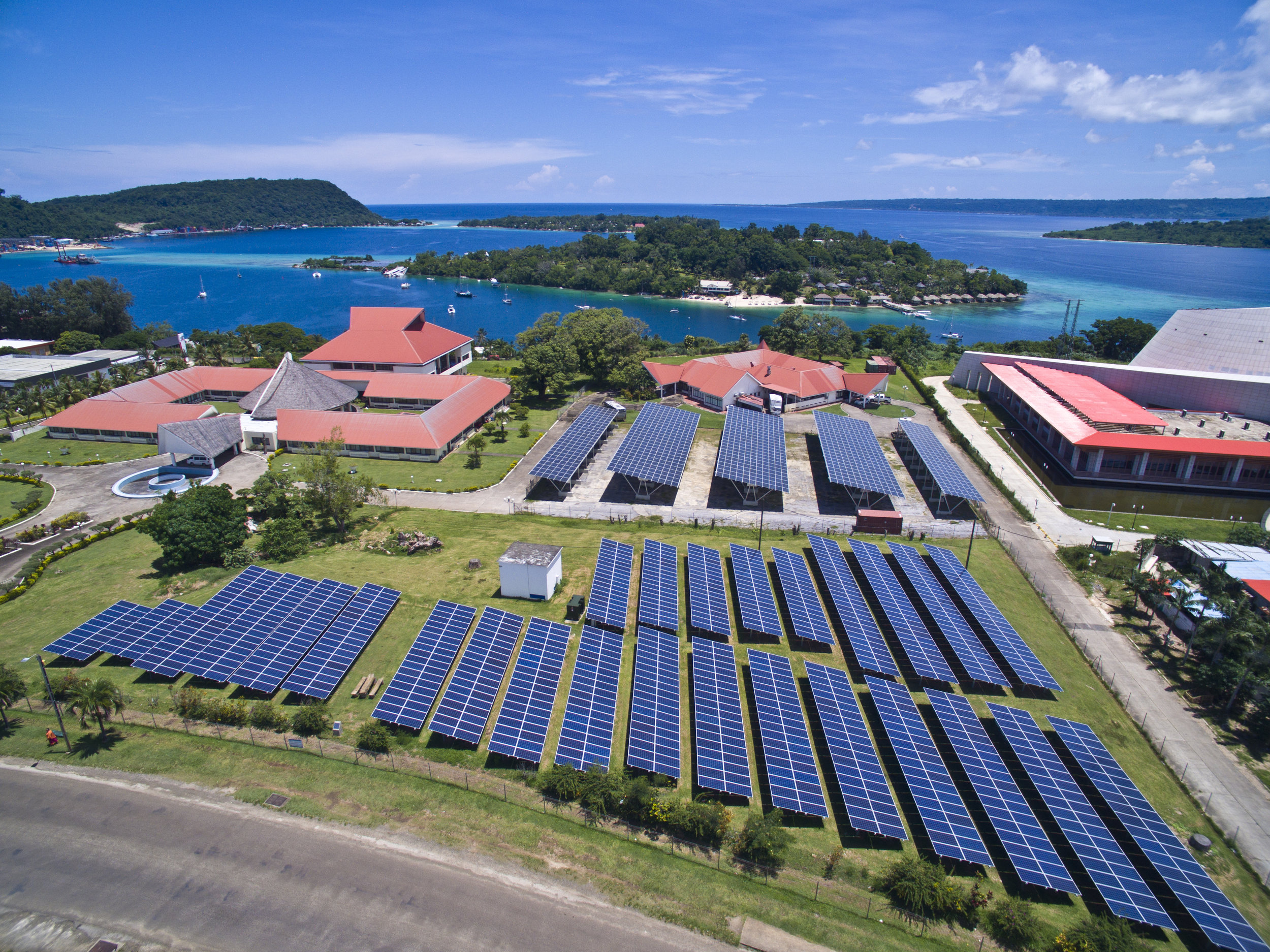
Todd Corp is planning to spend $3 billion over the next 10 years in New Zealand on solar electricity, natural gas-fired power stations, and further developing its Taranaki gas fields.
Two-thirds of that total will go to extracting more natural gas from Todd's Mangahewa onshore Taranaki natural gas field, in anticipation of a "fundamental change in the availability of a reliable, affordable and clean source of primary energy" that Todd's chief executive, Jon Young, says "will have far-reaching implications for the country and its citizens."
"If not managed well, it has the potential to cause significant short-run shocks in energy supply and prices" within a decade, said Young in notes prepared for the company's Christmas function for Wellington's oil and gas crowd on Wednesday. "Todd's view is that New Zealand gas supply over the medium term is set for a substantial decline."
Some of the $1 billion to be spent on new electricity generation will go to building around 400 megawatts of new gas-fired power stations to act as 'peaker' plant when New Zealand's highly renewable electricity system needs fossil fuel back-up for reliable supply.
Plans for new large-scale, solar electricity installations also target 400 MW of production - roughly the generating power of the Clyde Dam - a major vote of confidence in the commercial viability of solar electricity in New Zealand by the 135 year-old corporate, which is owned by the billionaire, publicity-shy Todd family.
While solar technology has been "technically mature for some time, it is only now entering the window of economic maturity in New Zealand where it can compete without subsidies," said Young.
The company bought solar energy firm Sunergise this year. It operates in New Zealand and the Pacific Islands, specialising in government and enterprise-scale projects. Some 10 MW of capacity has already been installed in the Pacific, with another 20 MW over the next 10 years planned in New Zealand, Fiji and Tonga.
"We can see a pipeline of another 400 MW of capacity over the next 10 years," said Young.
On the national outlook for gas supply, "our upside case is that supply will drop by 50 percent by 2034 and our downside case is for a 50 percent drop by 2028," said Young, in a rare glimpse into the thinking of the largest private owner of large-scale New Zealand natural gas reserves.
Todd will still build gas-fired peaking plant because "as New Zealand increases its renewable power generation, natural gas-fired peaking generators will be increasingly important in providing flexible, on-demand electricity supply."
The significance of the Mangahewa gas field to total national supply was illustrated by the results of a $200 million six-well drilling campaign, which now accounted for around 15 percent of total New Zealand's current natural gas production, and had taken Mangahewa's contribution, including older wells, to around 25 percent of total national gas production, said Young.
Todd had spent $1.5 billion at Mangahewa since 2011 to deliver a fourfold increase in the field's output.
"In aggregate terms, this has been one of the largest projects to be advanced in New Zealand in recent years and it has been undertaken in a safe and environmentally responsible manner."
Comments



